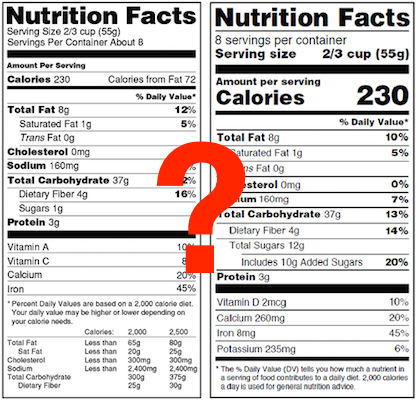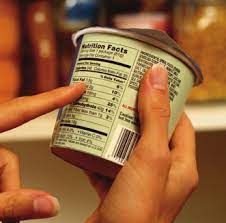Labeling Spices, Flavors & Colors in Food Ingredient Lists
Arguably more important than a nutrition label is the ingredient list on food packaging. Consumers may not care exactly how many grams of fat is in their food, but they get nervous when they're eating an ingredient that they can't pronounce.
Ingredient List Rules and Exemptions
Ingredient lists are supposed to list all the ingredients in a product in descending weight order, so the most predominant ingredient first and the least predominant ingredient last. However, food companies don't want to divulge all their secrets to others, particularly with spices, flavorings and those pinches and dashes that make all the difference.
To that end, the FDA allows certain spices and flavorings to be grouped together and listed as "spices", "flavors", "natural flavors", and "artificial flavors", and on top of that ingredients that make up less than 2% of a product can be listed at the end and not necessarily in order of predominance.

Making something like this just got a lot easier.
Creating Compliant Ingredient Lists, Made Easier
So, we made some recent changes to the way our ingredient lists are constructed, with the option to designate ingredients as spices, flavors, and colors and also break off the ingredients that are less than 2% of the recipe. This adds a bit more flexibility to the ingredient list without having to manually go in and update the ingredient list over and over, which can be time-consuming and brittle when you have lots of ingredients and recipes.
Future Ingredient List Updates
What other changes do you make to your ingredient lists? How can we make that easier to manage? Let us know in the comments below!






